Commuters might soon see gov't bike share system, end-of-trip bike facilities
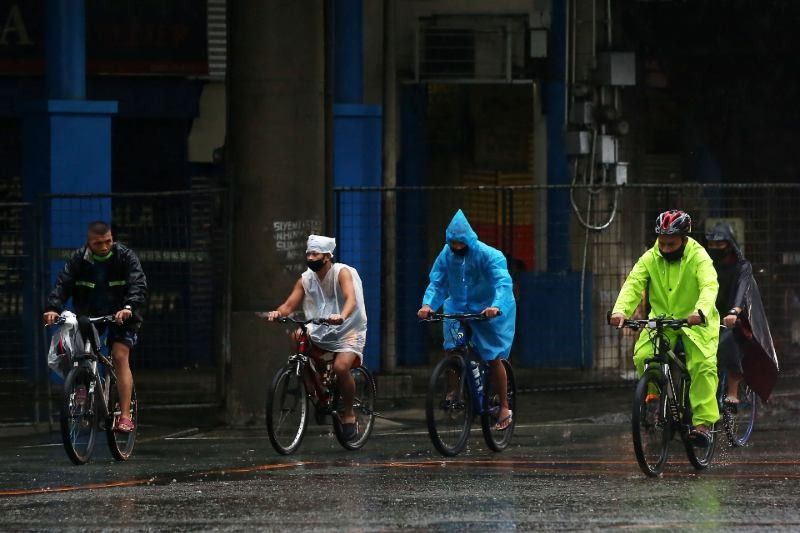
MANILA, Philippines — Along with the expansion and improvement of the existing bike lane network, the EDSA thoroughfare and Cebu's South Road Properties might soon see a bike-share system and end-of-trip bicycle facilities, the Department of Transportation said Monday.
This came at the Move as One transport coalition's Biking Out of the Pandemic forum on Monday afternoon, where Eldon Joshua Dionisio, senior transportation development officer at the DOTr, presented the department's "tentative" plans for active transportation in 2022.
The DOTr said it was looking at constructing bike-sharing stations at public transport terminals, national government facilities, city and municipal halls, commercial establishments, and medical facilities.
Heading into 2022, the DOTr will have P2 billion for active transportation alone in the General Appropriation Act for 2022. The DOTr said that these funds would also be spent on upgrading Class 2 bike lanes — or simple lanes with pavement markings only — to Class 1 lanes with physical separators.
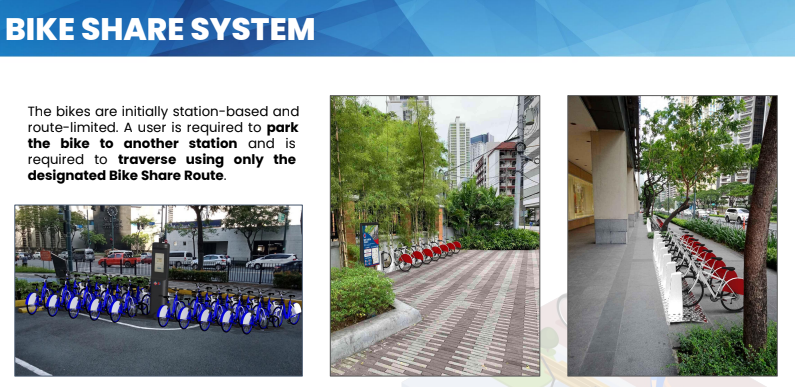
Among the national budget's key provisions for active transportation are the installation of end-of-trip bicycle facilities, the establishment of safe and accessible pedestrian walkways, and the allocation of "at least 50 percent of the road space" for public transport, pedestrians, and bicycles.
The end-of-trip facilities, Dionisio said, would include bike racks, bike repair facilities, and bike sheds in select areas. These would also be built alongside bike counters following the procurement of bike counting technology including CCTV and other automatic bike counters.
"The bikes are initially station-based and route-limited. A user is required to park the bike to another station and is required to traverse using only the designated Bike Share Route," Dionisio's presentation said of the planned bike share system.
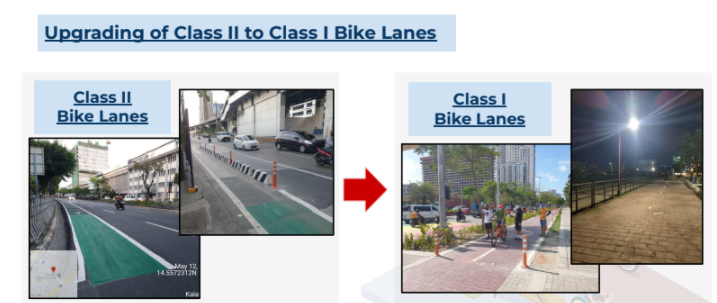
In 2021, the department oversaw the establishment of a total of 497 kilometers of bike lane networks in three urban centers around the country "where economic activities are the highest." Broken down, these are:
- 129.66 km in Metro Cebu
- 54.74 km in Metro Davao
- 313.12 km in Metro Manila
To recall, the Bayanihan 2 stimulus law passed in September 2020 allocated some P1.3 billion for the construction of over 500 kilometers of bike lanes in the three areas. The budget lapsed in June 2021.
Dionisio admitted that the lanes fell short of their initial goals for the year, citing the lack of time and limited funds provided.
READ: Whatever happened to: Metro Manila bike lanes
‘Strong support across demographics’
Against the backdrop of the coronavirus pandemic, transportation options for workers required to report to work physically have already been scarce as it is. In the wake of the suspension of public transportation during the general community quarantine, thousands looked to cycling to report to work.
At the same forum, the Social Weather Stations presented the results of its 2021 surveys looking at household ownership of bicycles, the activities of household members who use bicycles, and a comparison of the present frequency of bike use to pre-coronavirus times.
Christian Michael Entoma, senior survey specialist, said that the polling body found that 42% of households or an estimated 2.6 million families claimed they were biking more frequently now than before.
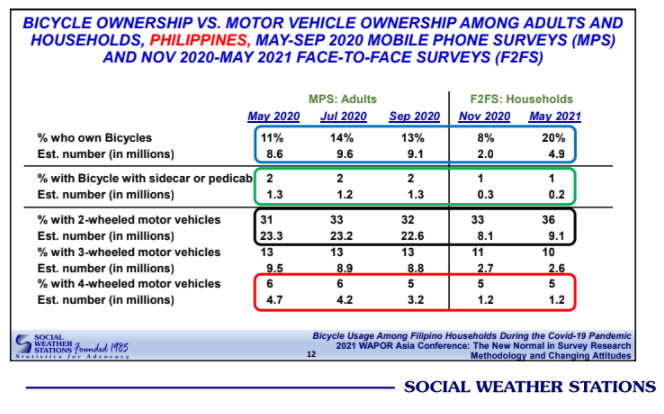
Broken down according to the purpose of their trips, SWS said that "among households who cycle for essential activities, 48% have been cycling more frequently."
"It is noteworthy that two-fifths of households with members who currently use bicycles have been doing it more frequent during the COVID-19 pandemic, with about another two-fifths who have been using bicycles as frequently as before the pandemic hit the country," the SWS' report reads.
A separate survey sponsored by the Department of Health, SWS also suggested a net agreement or at least 85 percent of adults agreed with the following sentiments:
- "It is possible for my city or municipality to become a great place for walking and cycling."
- "Roads in Philippine cities and municipalities will be better off if public transportation, bicycles, and pedestrians are given priority over public vehicles."
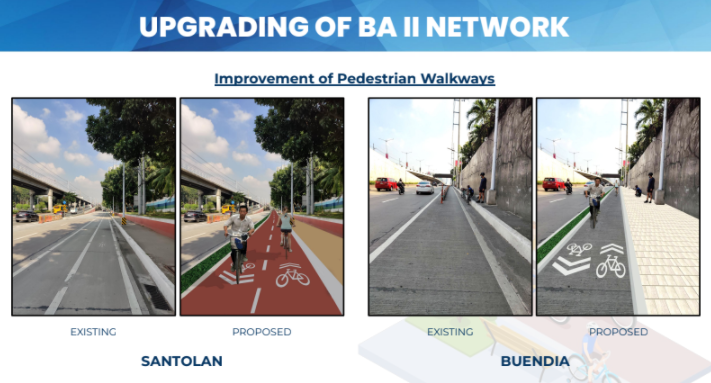
The sentiment, SWS said, prevailed across classes, sex, age group, and educational level.
— Franco Luna
- Latest
- Trending































